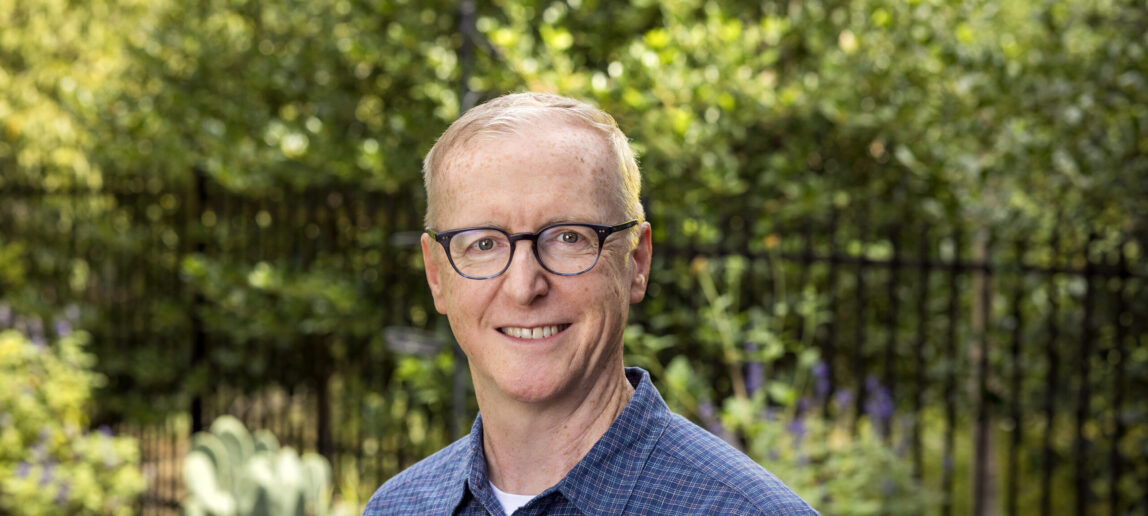David Parrish To Lead As Director Of School Of Performance, Visualization And Fine Arts At Texas A&M-Fort Worth
The news of Texas A&M’s Visualization program expanding into the university’s developing Fort Worth campus sparked a particularly exuberant reaction from Aggie graduate and visual effects expert David Parrish.
“It was stand on the roof, whoop and wave my arms,” Parrish said with a laugh. “I was very excited.”
Parrish started Sept. 1 as director of the College of Performance, Visualization and Fine Arts at Texas A&M-Fort Worth. He returns to his alma mater after 28 years working in visual effects, including stops at Industrial Light & Magic and Sony Pictures Imageworks, and a 19-year run with Dallas-based Reel FX.
“Having the opportunity to bring David into the school was both unexpected and exciting,” said Tim McLaughlin, interim dean. “We’ve known each other for nearly 30 years. We worked together as we were both beginning our careers at ILM, but our paths diverged when he went on to Sony Pictures Imageworks, then Reel FX, and I left for Texas A&M. David brings an incredible depth of knowledge in the business, the technologies and art of digital media, and with relationships in Fort Worth. The fit with the school’s needs couldn’t be better.”
In addition to the Fort Worth expansion, Parrish will help guide plans for the Virtual Production Institute, a new initiative for the school funded with $25 million from the Texas Legislature. The institute will be a part of the Bryan-College Station and Fort Worth campuses, and will allow students to explore extended reality, which incorporates augmented and virtual reality, display technology, sensing technology, real-time 3D graphics and simulation.
“The use of virtual production technologies has transformed film, television and commercial production over the past few years, and we’ll be helping that transformation and growth of media production here in Texas,” McLaughlin said. “Emerging next is the growth in the use of those technologies in other areas of our state’s economy, including manufacturing, product design, architecture and engineering, simulation and training, and live performances including music, theater and broadcasts. The VPI’s mission is to build the workforce to fuel that growth and work with companies to explore concepts and solve problems using this technology.”
“I love building,” Parrish said. “I love challenges like this. I’m not afraid to jump in and build something new.”
Early Influences
Parrish grew up in Garland in the Dallas-Fort Worth area, and had an early love of movies. Like so many children in 1977, Parrish was inspired by George Lucas’ landmark film “Star Wars.” The 9-year-old Parrish was “blown away by what I saw on the screen,” he said.
“The visuals were amazing, the engagement, the story — everything,” he said. “I thought, ‘You know, one day I’d like to work on ‘Star Wars’ movies.’”
That interest was matched by a love of building. As “a big Legos guy,” Parrish developed an early interest in architecture, which eventually led him to Texas A&M.
“At the time, I didn’t know of a path to work on movies,” he said. “That wasn’t really a viable career option for someone in the mid-to-late ’80s. So I went the architecture route. I think that was the right path for me. I got into the studio environment, which was a learning environment that really played well for my way of processing information.”
Visualization began at A&M just as Parrish was graduating with a degree in Environmental Design. His primary exposure to 3D and computer graphics came through learning early versions of AutoCAD, which served him well in his first post-graduation job at a Dallas architecture firm.
But Visualization lured Parrish back to campus for its master’s program, and he earned his degree in 1995. He thrived in the collaborative nature of the studio environment, and said he learned as much from his peers as he did from professors. He dove into digital graphics, animation, 3D imagery and videography.
“I still appreciate to this day the way the program is set up,” he said. “It’s a great blend between the arts side and the technical side. It was that exposure that fed my knowledge and informed me and educated me. It was a way to explore. I started to get a taste of the 3D world that would eventually guide me into lighting and compositing and effects.”
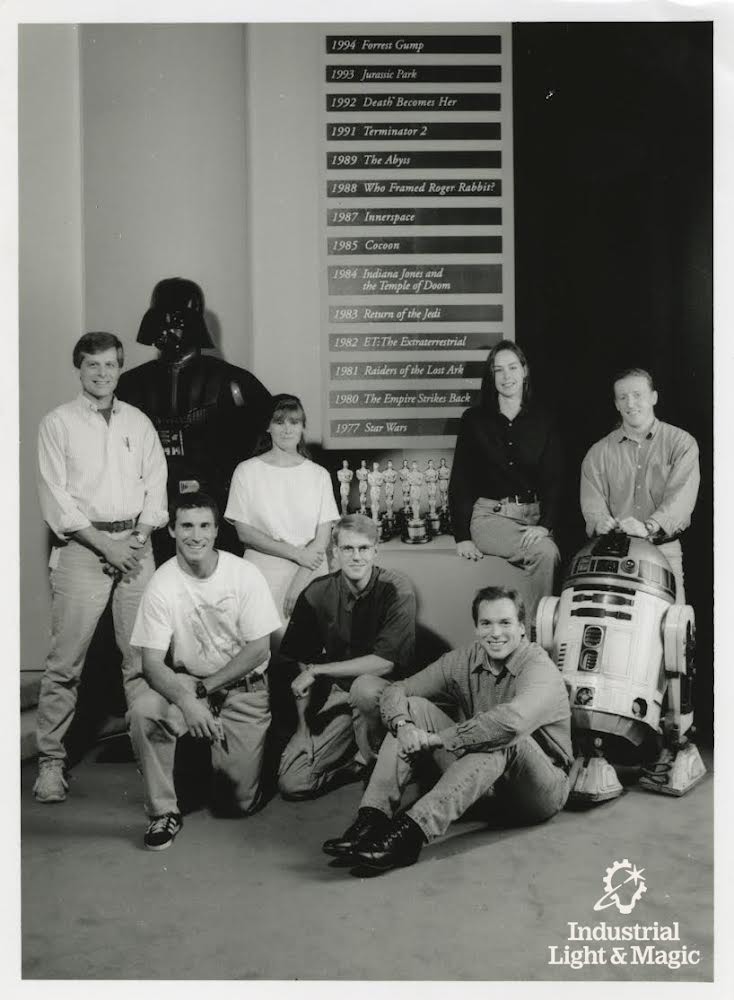
Movie Magic
It was a great time to enter the film industry with a Texas A&M Visualization degree in hand, Parrish said. He was able to pursue a dream job — going back to his “Star Wars” affection — at Industrial Light & Magic, Lucas’ visual effects company in California. McLaughlin, a former classmate, was already there, and helped to ensure his demo reel got into the right hands, Parrish said.
Parrish started with lighting and compositing in the 1996 film “Dragonheart.” He also served as an enveloper, responsible for the skin on the dragon character voiced by Sean Connery. The legendary actor wanted to thank “every artist who helped get his voice into that dragon,” Parrish said, which led to a memorable encounter with him.
“That was pretty good for a Texas boy coming out to California,” Parrish said.
With Lucas preparing his “Star Wars” prequels, Parrish expressed his interest to anyone within earshot. He began working with Joe Letteri, a visual effects supervisor who would mentor Parrish and go on to win five Academy Awards for his work in both “Avatar” films, “The Lord of the Rings” series and “King Kong.”
Letteri and Parrish tested the Jar Jar Binks character, trying to decide if the goofy Gungan should be completely computer-generated, or have a CG head on an actor’s body (Ahmed Best, the performer who voiced the character). For technical reasons, Parrish determined that the full-CG Jar Jar was the better option.
“I say to this day that you can at least partially blame me for Jar Jar being a crazy cartoon character,” he said. “If I had it to do over again, I would recommend a live-action version so he wouldn’t be such a cartoon.”
Being a part of the “Star Wars” galaxy and working with the talented artists and technicians was “the chance of a lifetime,” Parrish said. He was able to be on set and watch live-action shoots, witness models being built and examine historical pieces from the original film trilogy, everything from an X-wing fighter to R2-D2.
“So many amazing pieces of history, and all tangible and physical — right there,” he said. “You’re a part of it. You’re in the middle of it. That was a childhood dream being realized. I still value the relationships I built there, the people and the mentoring. So many people were so caring and giving.”
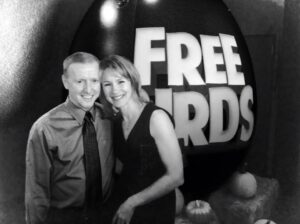
Following a brief stint with an animation startup company, Parrish moved on to Sony. Faced with a choice of three films — including “Stuart Little” and “Spider-Man” — Parrish chose “Harry Potter and the Sorcerer’s Stone,” as the book series ranked second only to “Star Wars” on his favorite-things list. Parrish worked on the scene in which a lumpy, club-wielding mountain troll tears up a bathroom, and the high-flying Quidditch scenes.
Parrish took a six-month break and wrote a book on lighting and compositing that was part of a 3D-animation book series, then returned to Sony to work on “The Polar Express,” the first full motion-capture animated film, in 2004. He met the film’s star, Tom Hanks, and worked with another of his heroes, director Robert Zemeckis. (“Big ‘Back to the Future’ fan,” he said.)
An old colleague from ILM and Sony, Kyle Clark, reached out to Parrish about Reel FX, a Dallas-based animation studio. The company wanted to make animated films and build its team in Texas, away from the industry’s base in California.
A crucial part of the appeal to return to North Texas: Parrish was in a long-distance relationship, and his girlfriend lived in Fort Worth.
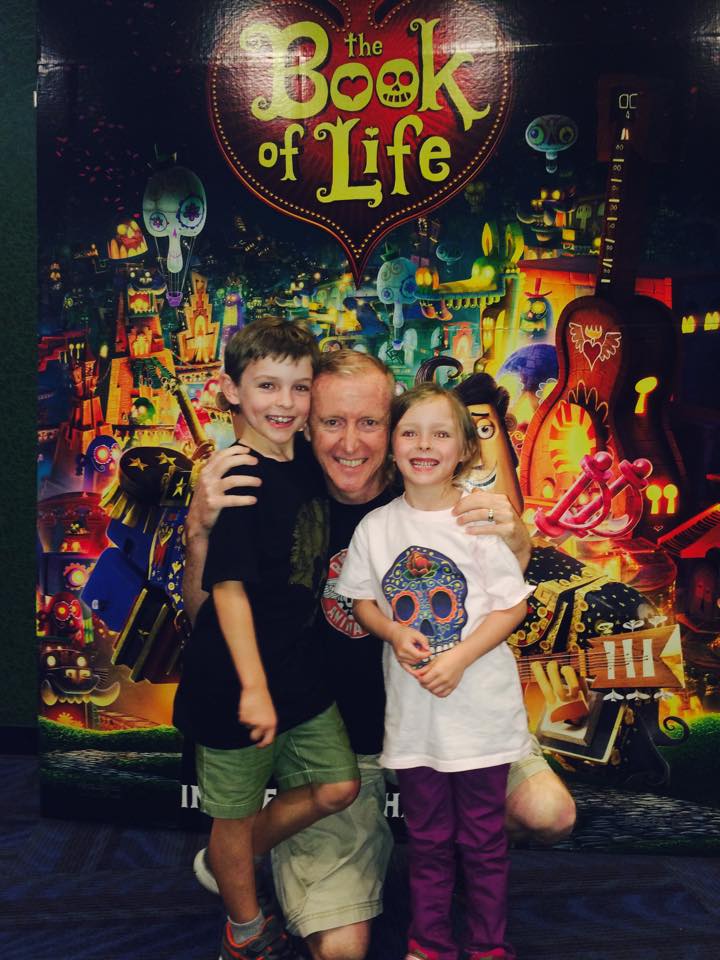
In 2004, following “The Polar Express,” Parrish made the move. He and DeeDra were married in 2006 and have two children, Wyatt and Audrey.
As Reel FX’s visual effects supervisor, Parrish took charge of the lighting and compositing team and recruited talented artists to leave the West Coast behind.
He shifted into team-building, starting an artist management group and working with recruiting, developing processes for career paths and performance reviews. In 2013, the company had its first big-screen film, “Freebirds,” with the voices of fellow Texans Woody Harrelson and Owen Wilson.
Parrish moved into a vice president role as head of production in 2009, helping to build systems that connected artistic output with financial metrics — “two things that are not so easily linked,” he said. That included developing tracking and time-entry systems, and giving artists tools so that they could manage time and resources.
“I think that helped the team to empower themselves,” he said. “Give the artists the respect and information that they need and they can utilize to make these decisions themselves. Help them learn. It was a great experience to help with mentoring, which I’ve always loved.”
In 2016, Parrish became senior vice president of Reel FX’s animation division, taking on client management including Warner Bros., Netflix, Paramount and Sony.
“I was basically attached to every project we had as an executive communicator, so that when the studio wanted to know how it was going or if there were problems, I was there with our line producer to explain the solutions. I was responsible for new business, profit and loss, keeping the beast fed and making sure the business kept running.”
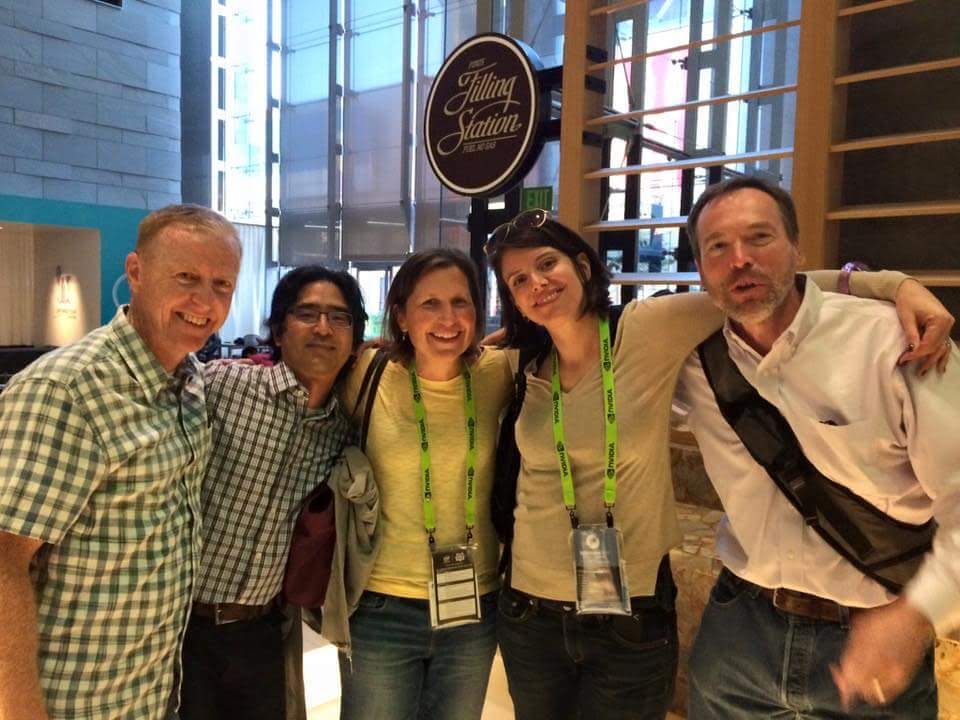
Aggie Roots
Throughout his career, Parrish stayed in touch with his Aggie roots. When McLaughlin returned to Texas A&M to lead the Visualization program in 2007, he asked Parrish to join the Visualization Industry Partner advisory board, bringing him back to campus twice a year for meetings and updates on the program.
“I’ve always felt a special place for Visualization and what it provided to me,” Parrish said. “I was so happy for Tim and impressed with what he’s been able to accomplish.”
Now as the program is a part of the College of Performance, Visualization and Fine Arts, with McLaughlin leading it as interim dean, Parrish considers his new role as “coming home.”
Parrish said he wants the Fort Worth campus to build on the positive foundation he received in the program, utilizing technology and encouraging artistry.
“For me, that is the key to A&M graduates being so sought after,” he said. “They have the technical problem-solving skills to figure things out when they break. And they have the artistic and compositional skills to make beautiful imagery. That’s what every studio is after. Ultimately, that is what every employer is after: a creative problem-solver.”
Parrish emphasizes the importance of the studio-based environment that prepared him for a career in visual effects — engaging with and working with peers, with a focus on communication.
“That was so valuable to me,” he said. “Every employer I’ve talked to who has hired someone from A&M says, ‘They are so good at communicating.’ Those soft skills of knowing how to engage and interact. It sounds simple, but those communication skills — they don’t come from sitting in a lecture hall and just listening. They don’t come from sitting in your room and reading. They come from engagement. They come from that active problem-solving and that ability to present work, receive critiques and take it as encouragement.”
Moving into the academic world after 28 years in the film industry has come with plenty of adjustments, Parrish said. But he noted that he can lean on his experiences in the entertainment industry and architecture, along with his team-building and mentoring skills, to provide students with opportunities like the ones he experienced.
“It’s exciting,” he said. “I’ve got a lot to learn. But I’m ready.”
Top photo by DeeDra Parrish.
